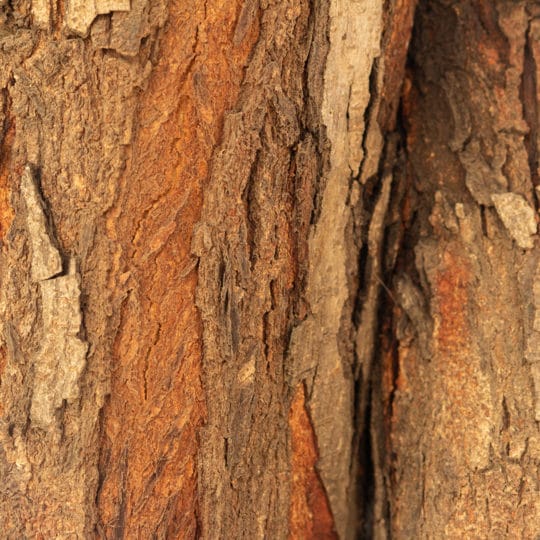Is Peeling Tree Bark a Problem
Maybe, Maybe Not—How to Tell
Posted
November 21, 2019

While it may look like an issue, peeling tree bark may not be a cause for concern. Learning what to look for helps determine if there’s a real problem and what the next steps could help make it right.
What Peeling Tree Bark Means
If you notice bark falling off your tree trunk it could be caused by several conditions:
- Shedding. Some trees—especially maple, birch, sycamore, hickory, and Scotch pine—go through a natural shedding process. As it grows, bark may crumble unnoticeably, or you’ll see large chunks on the ground. If there’s new bark on the trunk, this is a sure sign the tree is simply shedding and there’s nothing you need to do.
- Injury. Bare wood is a sign that something has caused the bark to fall off. This could be animal or weather-related. If the bark is only peeling from the south side it could be sunscalding or frost damage. The wider the area of exposed wood, the more likely the tree will not survive. If you wrap the trunk in the winter to help save it from frost, be sure to remove any materials before spring or insects will move in.
- Disease. Signs of fungus on the bare bark means the tree is fighting a disease. Some hardwood trees are more susceptible to fungal diseases. If you also notice branches are dying and leaves are prematurely wilting, these are other signs of disease. There are no cures for some of these tree diseases, so it’s best the tree is removed to prevent spreading or any other future problems. Have a professional remove the tree for the best results.
If you’re still not sure what could be causing peeling tree bark or you would like a consultation on any trees you believe are injured, diseased, and need to be removed, contact Elite Tree Care.